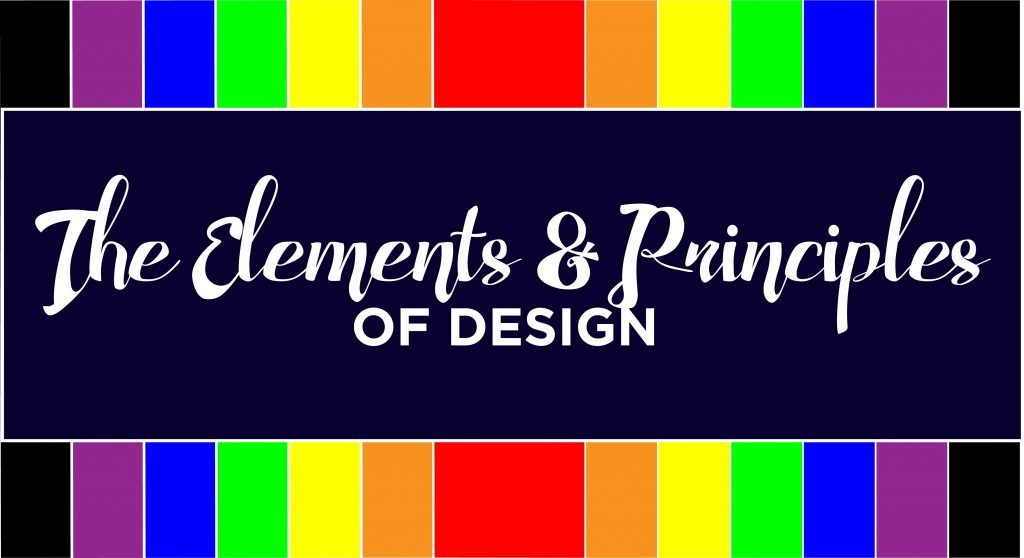ART Q4: DESIGN PRINCIPLES AND ELEMENTS
DESIGN PRINCIPLES AND ELEMENTS
MELC CODE: A6EL-IVa:
1. Discusses the concept that design principles and elements relates to everyday objects.
2. explains the elements and principles applied in
product design.
Topic 1: Discusses the concept that design principles and elements relate to everyday objects.
- Introduction
- Design principles and elements refer to the fundamental concepts that guide the creation of art and design.
- These principles and elements are not only applicable to works of art, but also to everyday objects that we use.
- Design Principles
- Design principles refer to the fundamental concepts that guide the creation of designs.
- These principles include balance, contrast, emphasis, proportion, and unity, among others.
- Design principles can be applied to everyday objects to make them aesthetically pleasing and functional.
- Design Elements
- Design elements refer to the basic visual components that make up a design, such as line, shape, texture, color, and form.
- These elements can be used to create visually appealing and functional everyday objects, such as furniture, utensils, and clothing.
- Examples of Design Principles and Elements in Everyday Objects
- Everyday objects such as furniture, clothing, and utensils can be designed using principles and elements of design.
- For example, a chair can be designed with the principles of balance and proportion, while a shirt can be designed using different textures and colors to create contrast and emphasis.
- Conclusion
- The principles and elements of design are not limited to works of art, but also apply to everyday objects that we use.
- By understanding and applying these principles and elements, designers can create functional and aesthetically pleasing objects that enhance our daily lives.
Topic 2: Explains the elements and principles applied in product design.
- Introduction
- Product design is the process of creating functional and aesthetically pleasing products that meet the needs of users.
- To create effective product designs, designers need to apply the elements and principles of design.
- Design Elements
- The design elements that are commonly used in product design include line, shape, texture, color, and form.
- These elements are used to create visually appealing and functional products that meet the needs of users.
- Design Principles
- The design principles that are commonly used in product design include balance, contrast, emphasis, proportion, and unity, among others.
- These principles help designers create products that are functional, aesthetically pleasing, and easy to use.
- Examples of Product Design Elements and Principles
- The elements and principles of design can be applied to various products, such as electronic devices, furniture, and household appliances.
- For example, an electronic device can be designed using different textures and colors to create contrast and emphasis, while a piece of furniture can be designed using the principles of balance and proportion to create a functional and aesthetically pleasing piece.
- Conclusion
- The elements and principles of design are essential in creating effective product designs.
- By understanding and applying these principles and elements, designers can create products that are functional, aesthetically pleasing, and meet the needs of users.

Comments
Post a Comment